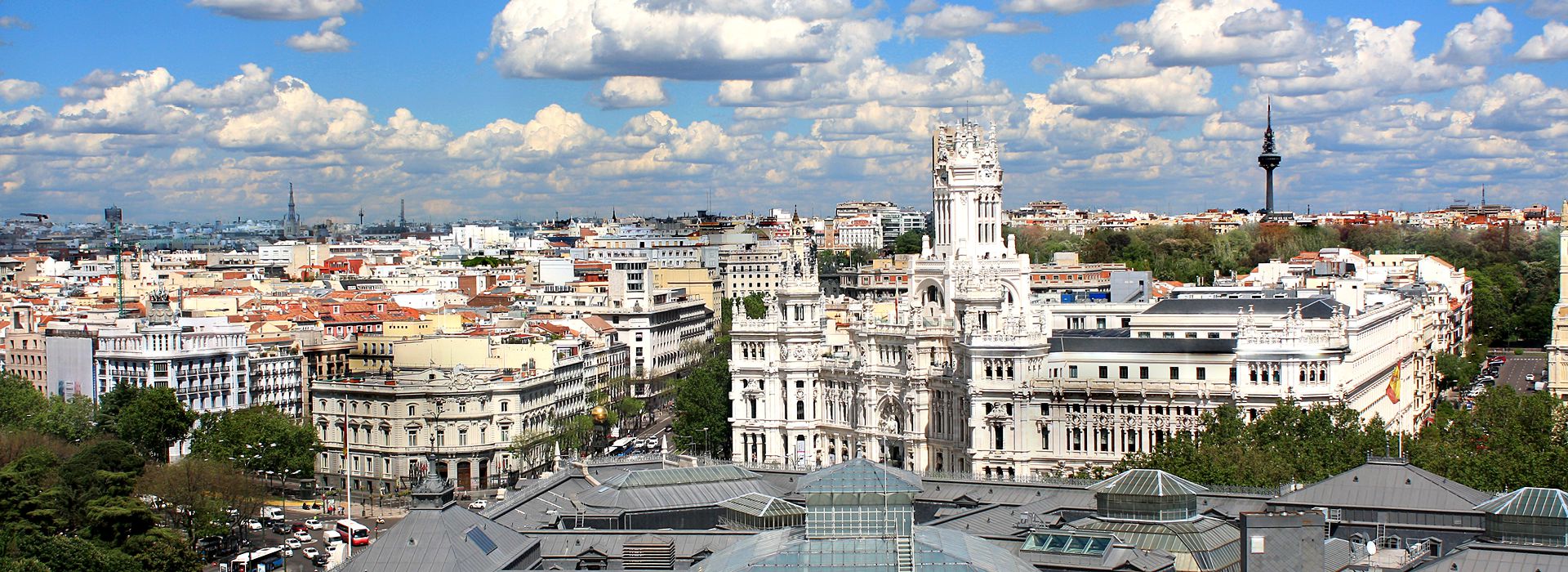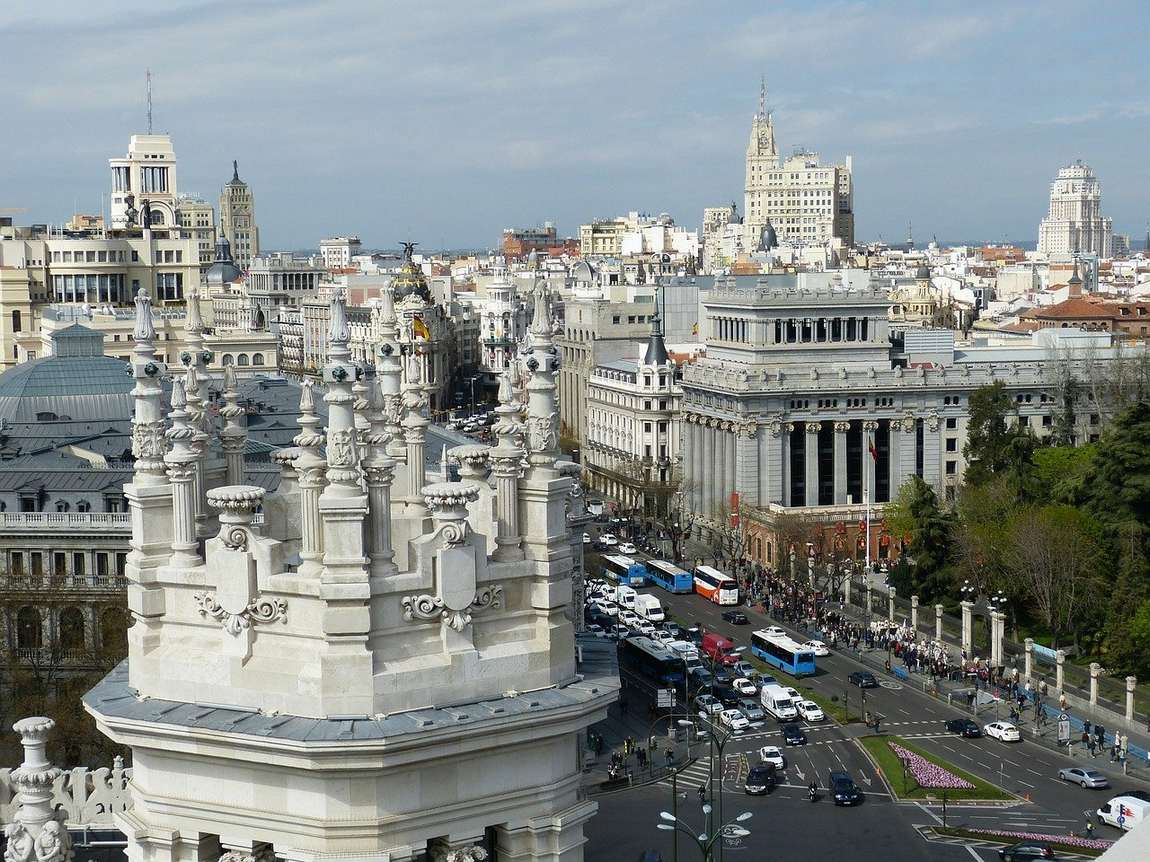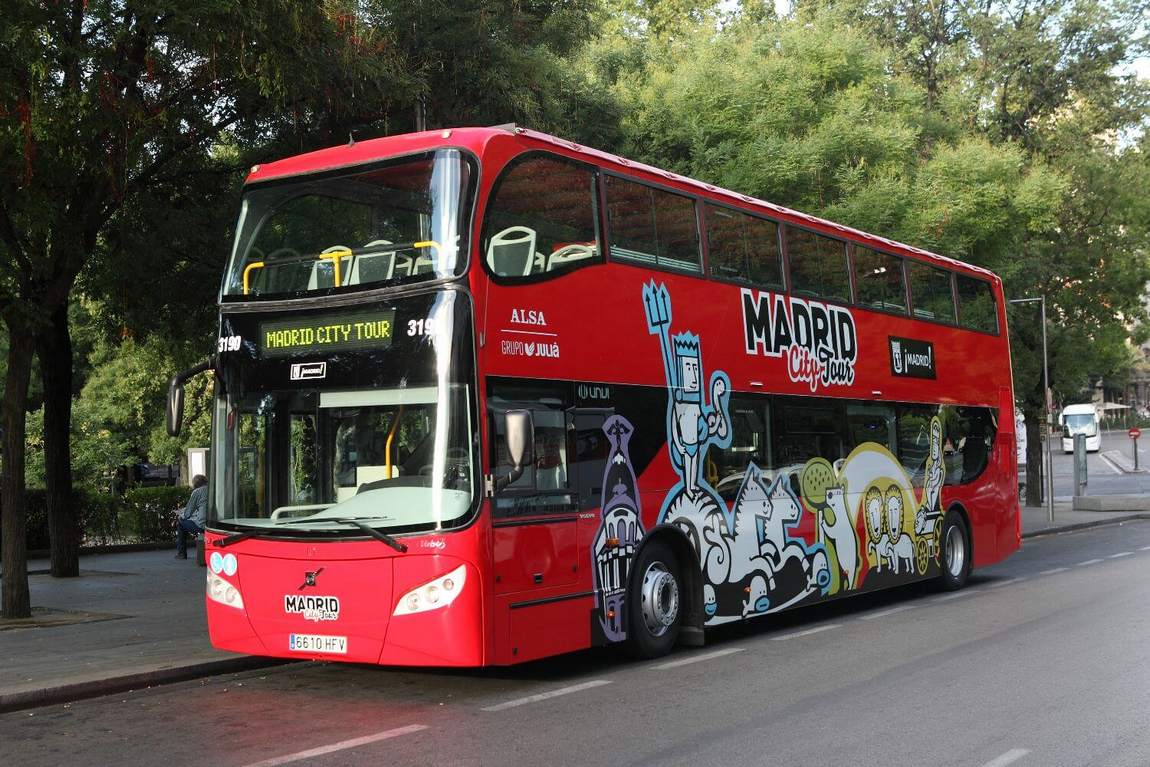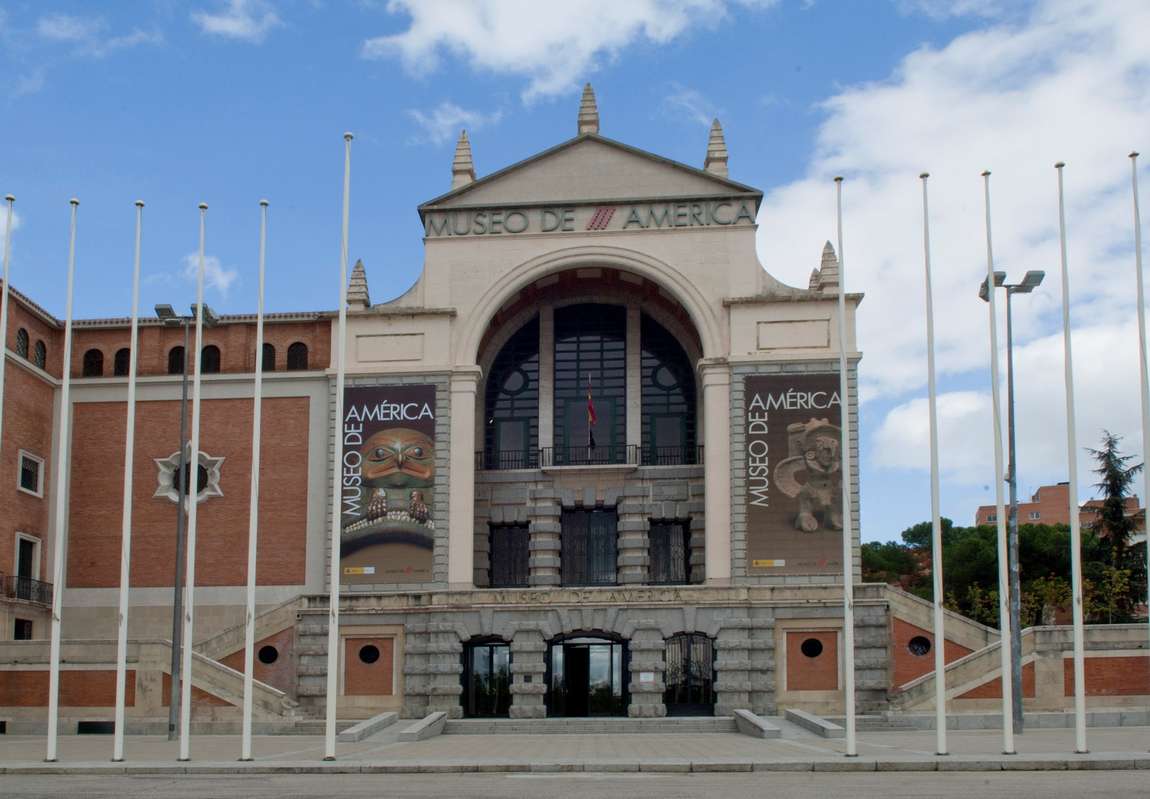In the 10th century, on the Iberian Peninsula, on the banks of the Manzanares River, the fortress of Manjerit appeared. Gradually a city grew up around it, destined to become the capital of Spain. The city has been shaped by monarchs who have built pompous palaces and revolutions that have destroyed them. Today, Madrid is a bustling city with a population of millions, where people worldwide flock.
When planning a family holiday in Spain, many people try to visit the country's main city for the magnificent collection of artwork in the Prado Museum. But the Spanish capital has much more to offer, so spending a holiday with the kids in Madrid is a good idea.
Madrid on the map of Spain
Madrid is the capital of Spain and the centre of the province and autonomous community of Madrid. The city is located in the central part of the country. The distance from Madrid to Barcelona is 625 km, to Valencia — 355 km, to Alicante — 420 km, to Seville — 530 km and to Malaga — 530 km.
Some people are disappointed to see where Madrid is located: far from the sea and the leading Spanish resorts. But that hasn't stopped the kings from making maritime history, nor has it stopped tourists from marvelling at how different Spain can be.
Madrid for Kids

It's a brave decision to come to Madrid with children. There are no sea or water parks here, just museums and art galleries. Still, a family holiday in Madrid is a right decision.
The art galleries are some of the most famous museums in the world, and if you're in the mood for beach fun, head to the Parque de la Renaissance de Madrid. Let your trip be atypical: spend time in the city of kings and get royally rich (we're talking about the experience, of course).
Will children go to museums? Oh yes, especially if there's a quest waiting for them, like at the Prado Gallery, a photo shoot with celebrities, like at the Wax Museum, or an introduction to the tooth fairy, like at the Pérez the mouse museum.
And Madrid is also a fun area for children. The amusement rides in the Casa de Campo park, the zoo, the circus and the fantastic playgrounds appeal to all children regardless of age or preferences. And if you are going on a trip with an infant, the parks in the Spanish capital are a wonderful place to explore.
However, timing is essential for a great holiday with your child in Madrid. The second half of summer is the least suitable, exhaustingly hot, even for adults.
Best time to travel

The tourist season in Madrid does not coincide with the holiday season in Spain. Most tourists do not come here in the summer but in spring and autumn. March to May is for the bullfighters, while September and November are the time to experience Madrid's lively festivals.
April-May and September-October are suitable for holidays with children. Clear weather without heat favours walks and excursions.
Still, there is a bit of an understatement in this advice. You must consider the weather, especially if you're going to Madrid with an infant. But how can you not consider the colourful festivals at different times of the year?
"The Three Kings Procession" on January 6th, Carnival in February, City Day (celebrated on May 2nd), San Antonio de la Florida in June, the start of the football season in August, Spain's National Day (October 12th), the magical Christmas Markets in December — it is difficult to decide when to go to Madrid.
Choose the warmer months if you want to go out often and spend time in the parks and attractions with the kids. Even the cooler months will do for visiting famous art galleries and museums. It is also advisable to keep your family holiday in mind when deciding on your travel dates.
Weather and Climate
Madrid is one of the few tourist cities in Spain where the sea does not affect the climate. The weather is similar to central Europe's, with hot summers, mild springs and autumns, and harsher winters than on the Mediterranean coast. But the best indication of the climate in Madrid is given by the name of the main square, Puerta del Sol, or Sun Square. Clear days prevail throughout the year, with cloudy skies a rarity in the summer.
Spring in Spain's capital is a time of greenery and freshness. In March and April, the temperature is around +16-17°C, but by May, it rises to +22°C. When planning a spring holiday in Madrid, pack clothes if it rains and gets cold: spring is rainy in the city, and night temperatures drop to +6-8°C even in May.
Summer in Madrid is three months of heat. When the humidity is low, the heat doesn't feel so bad, but when the thermometer reads +40°C, you don't want to walk around the city.
The 40-degree heat, of course, doesn't last the whole time: in June, the average temperature is +29°C. In July and August, it's +33°C. Rainfall is rare and feels like a gift.
Evenings are a pleasant time for walks, as temperatures drop to around +18-20°C. If you want to visit the Spanish capital while at sea, we recommend wearing hats, drinking and having a siesta. Autumn marks a farewell to the tiresome heat. It doesn't usually get colder until November, and the warm summer months of September and October linger on. Temperatures in September are around +27-29°C, with nighttime temperatures dropping to 14-17°C.
Perhaps September is the best month for holidays in Madrid with children: neither the heat nor the rain bothers travellers.
The air is still very warm in October, around +21°C, but the rains increasingly interfere with tourists' plans. By November, it cools to +15°C, with nighttime temperatures dropping to +4°C. During winter, Madrid rarely falls prey to frosty temperatures, usually never dropping below 0°C, with daytime temperatures hovering around +10-12°C. The city occasionally experiences snowfall, but more often it rains.
Food

The hotel's food concept is unlikely to influence where to eat with children. Hotels in Madrid usually only offer breakfast, rightly believing that tourists will be interested in visiting restaurants serving national cuisine.
You don't have to look for a children's cafe in Madrid — almost all catering establishments have a children's menu, high chairs for toddlers and ludoteca (playrooms). You can bring your baby food into the café, which can be heated if needed.
Overwhelmed by the excursion, children are eager to embrace the culinary traditions of Spain. When they return home, they'll be expecting a jamón sandwich and crispy churros with a cup of hot chocolate for breakfast. If you're in Madrid in December and January, try the turron, crumbly polvoron biscuits and sweet Roscón de Reyes, painted or adorned with candied fruit.
Getting Around

Wherever you are and wherever you are going, Madrid's public transport system will help you get where you want to go in comfort. You can use the lift to get to the metro with a pram. There are separate seats for passengers with babies, up to and including child seats with seat belts.
Madrid's transport system includes the metro, trams (light rail), trains and buses.
The metro is the most convenient, as high street traffic does not affect it. Buses, too, have a regular timetable (all bus stops have one), despite the street traffic. A single trip on the underground or by bus costs 1.5-2 euros. The Abono Turistico travel cards are available for tourists to save money on travel. The passes are valid for 1, 2, 3, 5 and 7 days.
The Abono Turistico, valid in Zone A (centre of Madrid), will cost between €8.40 and €35.40, depending on the length of validity. A ticket covering zone T (Madrid and its suburbs) costs between €17 and €70.80. Children up to 11 years of age enjoy half the price. Toddlers under four years of age ridecan use the Spanish capital's public transport system for free.
Madrid's metro station is a must-see — you can't miss it either. The Estación de Chamberí is a museum station which has preserved its appearance since the opening of the underground in Madrid.
There is no need to call a taxi in Madrid, get in a free car in the car park. The fare consists of the cost of boarding (on average €3) and the cost per kilometre (from €1.15).
 [email protected]
[email protected]






.jpg)


.jpg)


.jpg)









